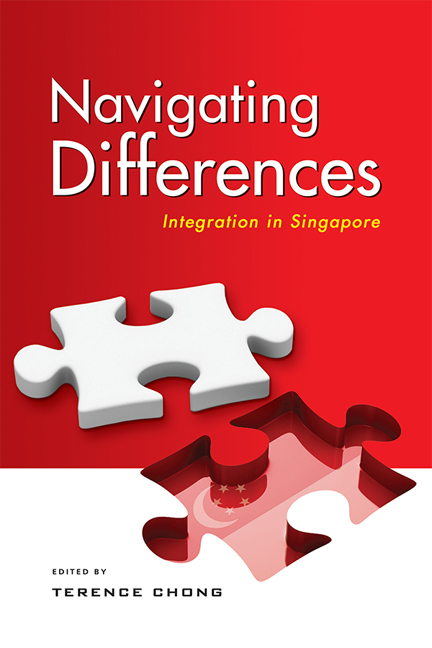13 - Geographic-Ethnic Segregation in Singapore: Emerging Schisms in Society
Published online by Cambridge University Press: 24 November 2020
Summary
INTRODUCTION
Social diversity has been a hallmark of Singapore's cultural identity since the founding of the island by the British East India Company. For decades since independence in 1965, Singapore's most discernible national trait has been its multiethnic and multireligious contour with the population comprising a Chinese majority (approximately 74 per cent), followed by ethnic Malays (14 per cent), ethnic Indians (10 per cent), and other races (2–3 per cent). This ethnic proportion has remained relatively stable for over fifty years. Racial and religious identities in Singapore overlap substantively. The ethnic Malays are predominantly Muslim, the Chinese practise mainly Taoism, Buddhism, and Christianity or Catholicism, and ethnic Indians embrace Hinduism, and Christianity or Catholicism. Suffice to say, this demographic terrain shapes the daily lives of people and their interactions with those from other backgrounds. It also has a profound influence on the city-state's political landscape and is closely tied to the geopolitical dynamics in the region. Beyond ethnicity and religion, there are other forms of tribalism that distinguish one group from another and, in some cases, there are material, psychological, and existential consequences.
This chapter begins with a brief history of the evolving sociodemographic scene in Singapore, followed by an introduction to the principles that govern diversity discourse in the city-state. It will highlight signs of a new socio-economic divide along geographical boundaries, tagged with ethnic overtones. The implications of this emerging spatial class segregation on urban planning will be discussed.
Broadly speaking, the British colonial government practised a Furnivall model of pluralism, where the ethnic communities each specialized in a different economic field and interact only for a functional purpose but are not emotionally invested. They maintain a separate culture, identity, language, and religion, with little or no overlap. This social environment played an influential role in shaping relations between ethnic groups via a “divide and conquer” strategy, stratifying the immigrant population via an imperialist capitalist system that emphasized ethnicity and associated it with divisions of labour. The ethnic Chinese were largely treated preferentially by the British due to their pre-eminence in trade, business enterprises, and population size, while the ethnic Malays were found mostly in the agricultural sector, resulting in essentialized identities.
- Type
- Chapter
- Information
- Navigating DifferencesIntegration in Singapore, pp. 231 - 247Publisher: ISEAS–Yusof Ishak InstitutePrint publication year: 2020



